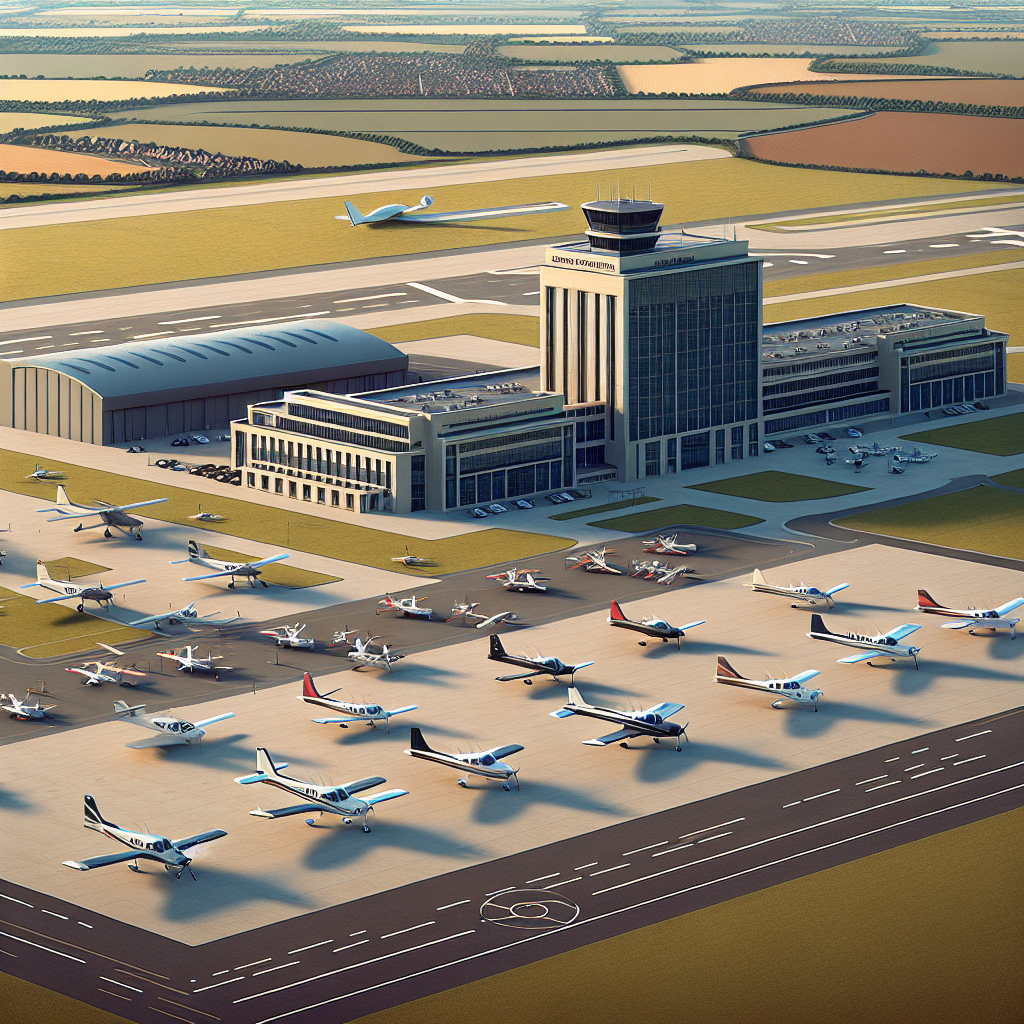The climate crisis is already here for one in 23 properties in Australia that are at high risk of natural disasters fuelled by global warming. The analysis by Climate Valuation on behalf of the Climate Council considered risks of flooding, bushfires, tropical cyclone winds, coastal inundation and extreme wind for 15 million commercial and residential properties. Across Australia, 652,424 homes and businesses are at high risk and another 1.
55 million are at moderate risk and facing abnormally high insurance costs. Climate Councillor and economist Nicki Hutley said the main risk was the natural disaster itself, but the second problem was insurance costs. In areas where climate risk was high, insurance companies were charging $20,000-30,000 for premiums or offering a basic package with flood or fire cover excised.

This masthead reported recently on how Sydneysiders were paying three times as much for home insurance in some parts of the city as others. This is likely to be true in other cities and regions as well. Hutley said the destruction of homes and relocations were already tearing apart the fabric of suburbs, including in NSW and Victoria.
“Somebody likened it to a boxer’s mouth where teeth are missing – houses are being destroyed here and there, and it obviously has a big social impact on communities as well as relocation costs,” Hutley said. Nationally, the electorate most exposed to climate disasters is the northern NSW seat of Richmond, held by Labor MP Justine Elliott, which has 31,564 or 28.9 per cent of properties already at high risk.
The second most at-risk electorate is the Victorian seat of Nicholls on the Murray River, held by the Nationals, where 24.5 per cent of properties are at risk. The seats of Mayo in South Australia and Brisbane in Queensland also have high risk.
Of the top 10 electorates most exposed to climate risk, half are in NSW. The analysis found that more than 72,000 homes and businesses are located in 86 suburbs categorised as “critical climate risk zones”, where 80-100 per cent of properties are at high risk. Once that happens, all properties become hard to insure.
On the current trajectory of high emissions, the number of properties at high risk is projected to double to 1.3 million properties by 2100. However, Associate Professor Negin Nazarian, an urban climatologist at University of NSW, said the national datasets and models available for researchers to analyse future climate impacts were not fit for purpose.
Nazarian said global climate models depicted Australia’s coastal cities as ocean and regional models still relied on oversimplified representations, commonly modelling cities as concrete blocks or rocks. “Key urban factors, such as city layout, construction materials and their embodied carbon, and human activities like transport, are still largely simplified in regional climate models,” Nazarian said. Search the Climate Council risk map by suburb across Australia here .
.
Environment

The electorates most exposed to climate risk revealed

One in 23 properties in Australia are at high risk of natural disasters fuelled by global warming. In some electorates, it’s one in four. Check the risk where you live with our interactive maps.















